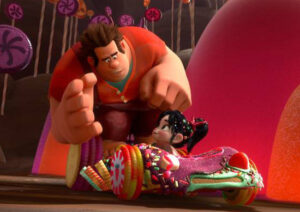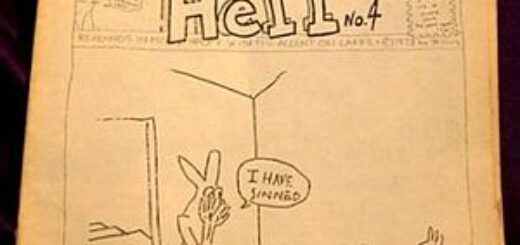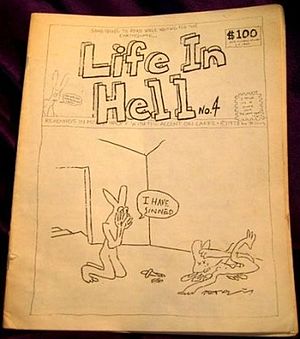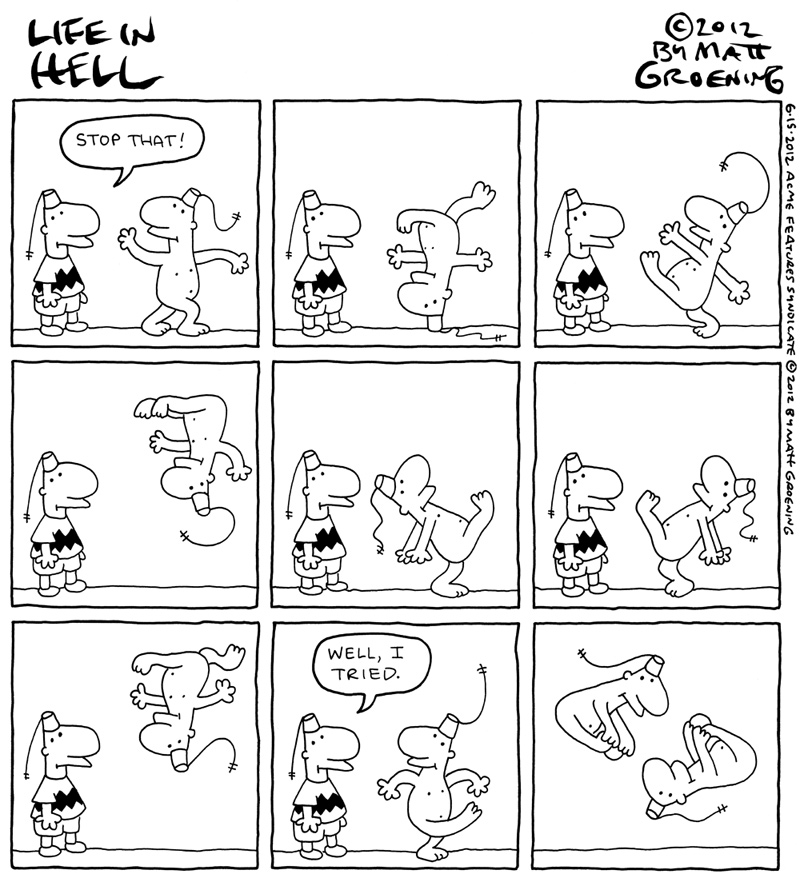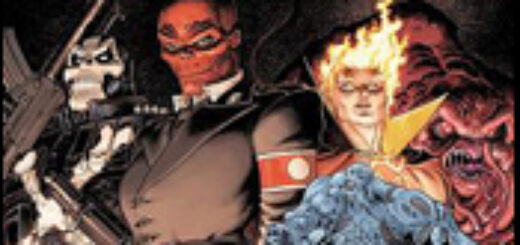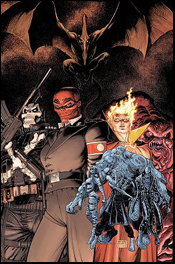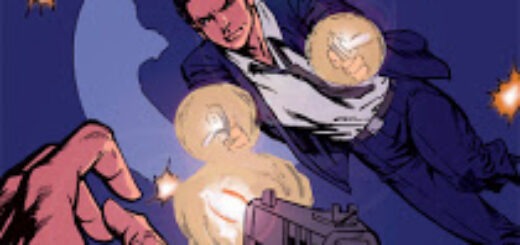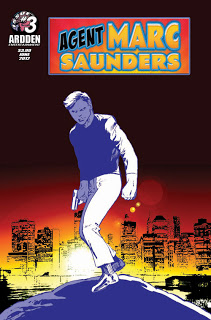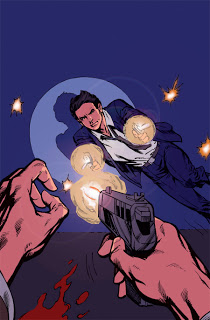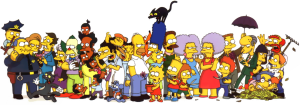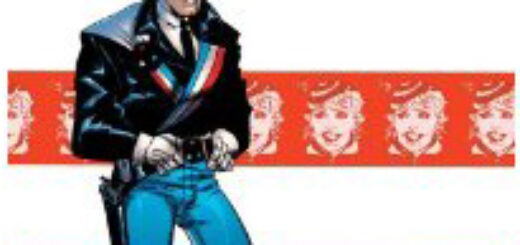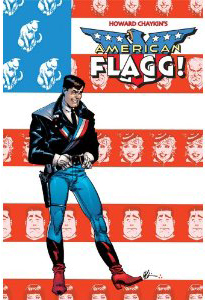Mike Gold: The Nerddom Intelligentsia
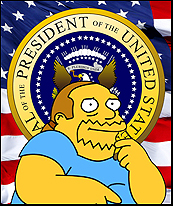 There’s a new sun rising up angry in the sky
There’s a new sun rising up angry in the sky
And there’s a new voice saying we’re not afraid to die
Let the old world make believe it’s blind and deaf and dumb
But nothing can change the shape of things to come
We all know how our mass media portrays nerds: people who are brainy, obsessive, with a penchant for wearing merchandising-related merchandise. We come in two sizes: gangly or Christie-clone. We couldn’t get laid at an orgy on the dark side of the moon. We have a life-long lust for our popular culture and cannot distinguish between low-brow and high-brow.
Actually, I’m rather proud of that last bit. Cultural elitism really pisses me off. But this is America, where the bottom line justifies everything. The day nerds became bankable was the day we became legitimate.
We helped. Picking up a lesson from my fellow hippie freaks of 1967, we have redefined the term “nerd” simply by accepting it as a reference to ourselves. My fellow ComicMix columnist Emily S. Whitten embraces this wonderfully, in nearly everything she writes for this site.
The Simpsons helped quite a bit. Comic Book Guy exposed a previously hidden reality: a goodly percentage of those who hang our at the comic book shop are members of Mensa, and more would be if we had even the most rudimentary social skills. Mind you, I’d only been to a handful of Mensa meetings and I found them pathetically tedious, but they were at the University of Chicago so I was probably asking to be bored.
The fact is, comic book reading among those older than nine used to be associated with stupidity, arrested development, and the complete lack of a social life. Now many understand that it’s the upper end of the brain rack that finds this stuff appealing.
Nerds might not be cool, but then again, why is it that nerds invent all the cool stuff? We might have very short attention spans and we’re easily attracted to that which is bright and shiny, but we’ve taken over the popular culture and we’ve taken over technological innovation and, quite literally, our toys have become the tools of revolution all across the world.
Remember Doctor Doom’s little flying teevee cameras that would allow him to view his mayhem all over the world? He borrowed them from Ming the Merciless… but that’s not my point. Today, for good or for bad or for both, we’ve got our flying cameras. They’re called drones. Some of them are capable of bombing people back to the Flintstones. We’ve got GPS in our pockets, transponders in our cars, cameras at most of the traffic lights and highways and stores and office buildings and not only do “we” know where you are, but we know where you have been.
Hey, I didn’t say nerddom was a force for good. It’s a human force. And it’s mainstream.
And we’ve got these massively overpopulated conventions all over the world. We can organize.
We can take over.
Maybe… we already have.
THURSDAY: Dennis O’Neil

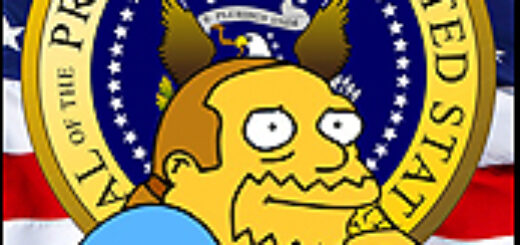

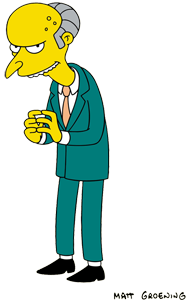 Today’s the day we celebrate Charles Montgomery Plantagenet Schickelgruber Burns, the owner and manager of the Springfield Nuclear Power Plant. Without this ancient billionaire, the Simpson family would simply be poor, instead of part of the working poor. So feel free to say “exxxcellent” all day long. And don’t forget to release the hounds.
Today’s the day we celebrate Charles Montgomery Plantagenet Schickelgruber Burns, the owner and manager of the Springfield Nuclear Power Plant. Without this ancient billionaire, the Simpson family would simply be poor, instead of part of the working poor. So feel free to say “exxxcellent” all day long. And don’t forget to release the hounds.

